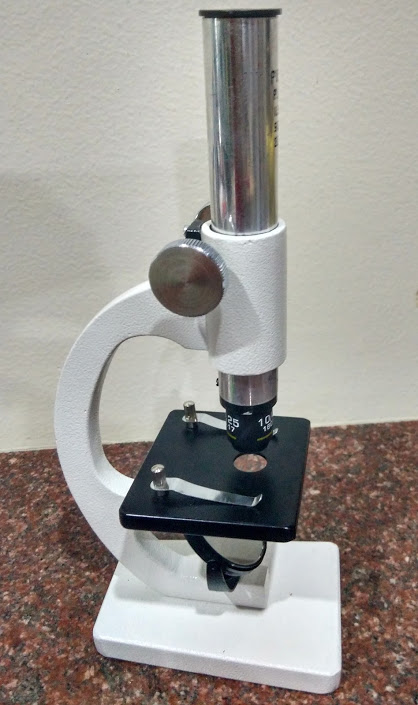Fireworks and Crackers

We had our last week class after Diwali break, so kids were all in excitement to share how they celebrated their Diwali. Some had gone out of town whereas others spent valuable family time celebrating together bursting crackers . So, my question to them were 1. What crackers did you burst? 2. What is different about sparklers to crackers ? 3. Which ones produce colors & which ones make noise? 4. Why do certain crackers make louder noises than others? 5. What do the crackers have in them to produce colorful fireworks? 6. What are the colors they have seen in the fireworks? Kids had a fair idea and were able to answer some of the questions. To start off , we did the following activity to understand how sound vibrates in a cup and produces louder noise compared to the string alone. Then they could relate to why they hear loud noise when certain crackers burst. Sound amplification Materials 1. Paper cup -1. 2. string - 1 3. paper clip -1 Procedure 1. Tie one end of the string t





